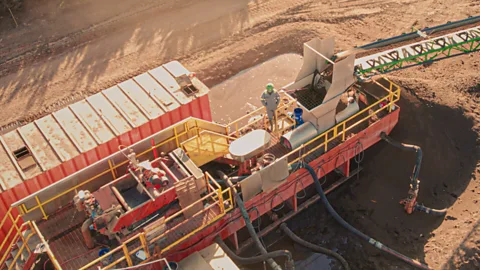AI Systems Revolutionize Road Safety and Humanitarian Efforts
Technology journalist focusing on innovation, startups, and digital transformation

As technology continues to evolve at a rapid pace, artificial intelligence (AI) is making significant strides in enhancing road safety and delivering humanitarian aid. A new AI-driven safe driving system is now being deployed in thousands of delivery vans and fleet vehicles globally, with the aim of improving driver safety and reducing accidents.

The AI safe driving device, developed by an innovative tech company, utilizes advanced cameras and onboard AI systems to monitor the road and the driver. This technology assesses driving behaviors, identifying potential safety risks both inside and outside the vehicle. When a serious threat is detected, the system alerts both the driver and their manager, fostering a culture of accountability and safety. The AI's ability to process vast amounts of data in real-time allows for timely interventions, potentially preventing accidents before they occur. This breakthrough is especially crucial for delivery companies, where timely and safe deliveries are paramount.

Beyond road safety, AI is also playing a pivotal role in humanitarian aid. In central Africa, cargo drones operated by AI systems are being used to deliver essential supplies to remote areas. These drones are capable of parachuting aid into regions that are difficult to access by traditional means, providing a lifeline for communities in need. This innovative use of AI technology highlights its potential to address logistical challenges in humanitarian efforts, ensuring that aid reaches those who need it most, regardless of geographical barriers.

In an intriguing exploration of AI's future, Tech Life has also delved into what children can teach us about AI. Children, with their curiosity and unique perspectives, offer fresh insights into how AI can be integrated into everyday life. Their imaginative approach encourages technologists to think outside the box when developing AI applications. This interaction between young minds and advanced technology not only broadens our understanding but also inspires the next generation of innovators.

Looking ahead, Tech Life is inviting its audience to participate in a dialogue about quantum computing, an area of technology poised to revolutionize multiple sectors. The program seeks to gather questions from listeners to be addressed by experts in an upcoming episode. This initiative underscores the importance of public engagement in technological advancements and provides an opportunity for individuals to deepen their understanding of complex scientific concepts.
About Emma Thompson
Technology journalist focusing on innovation, startups, and digital transformation